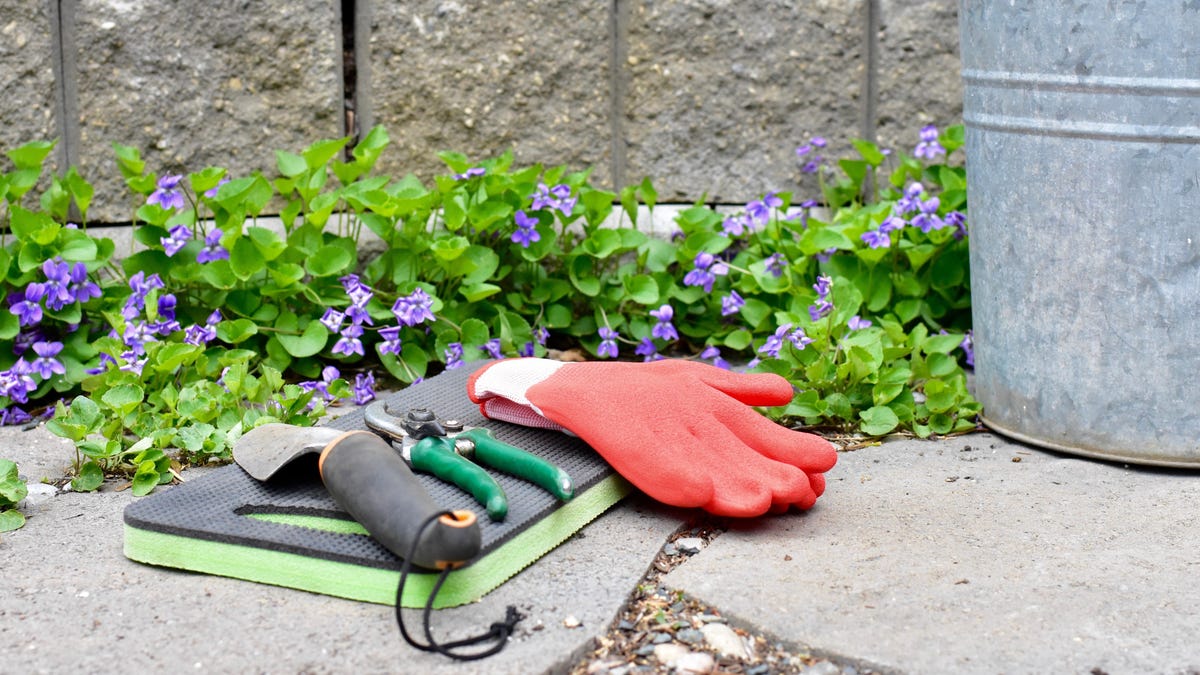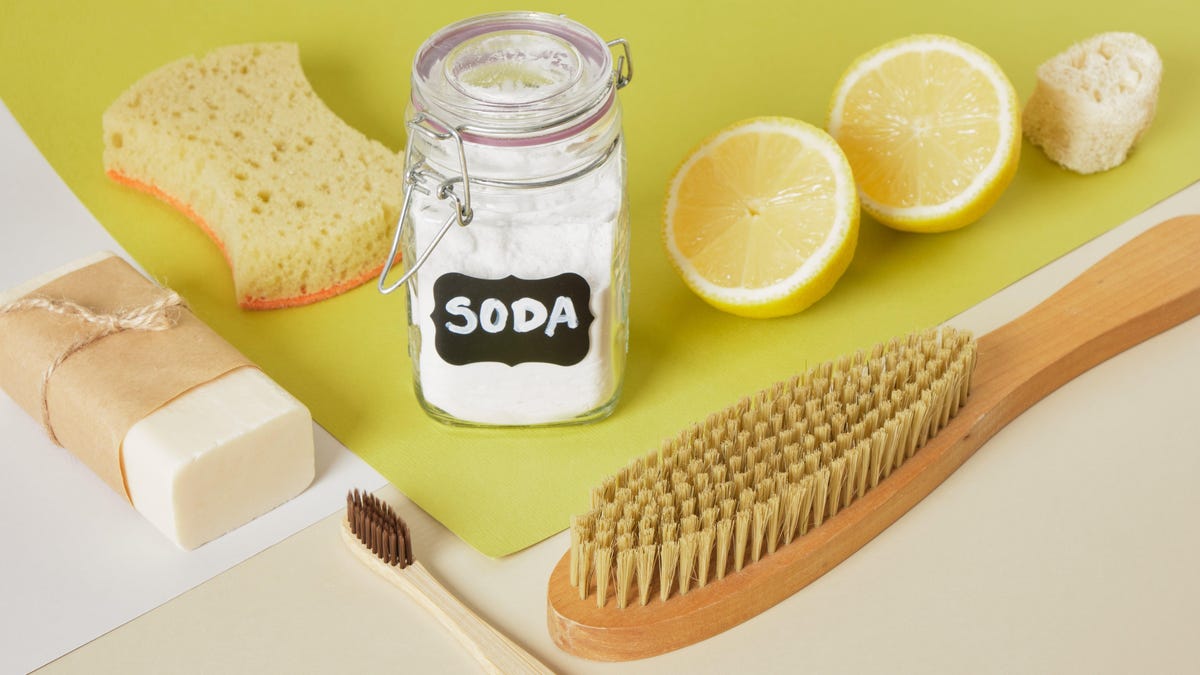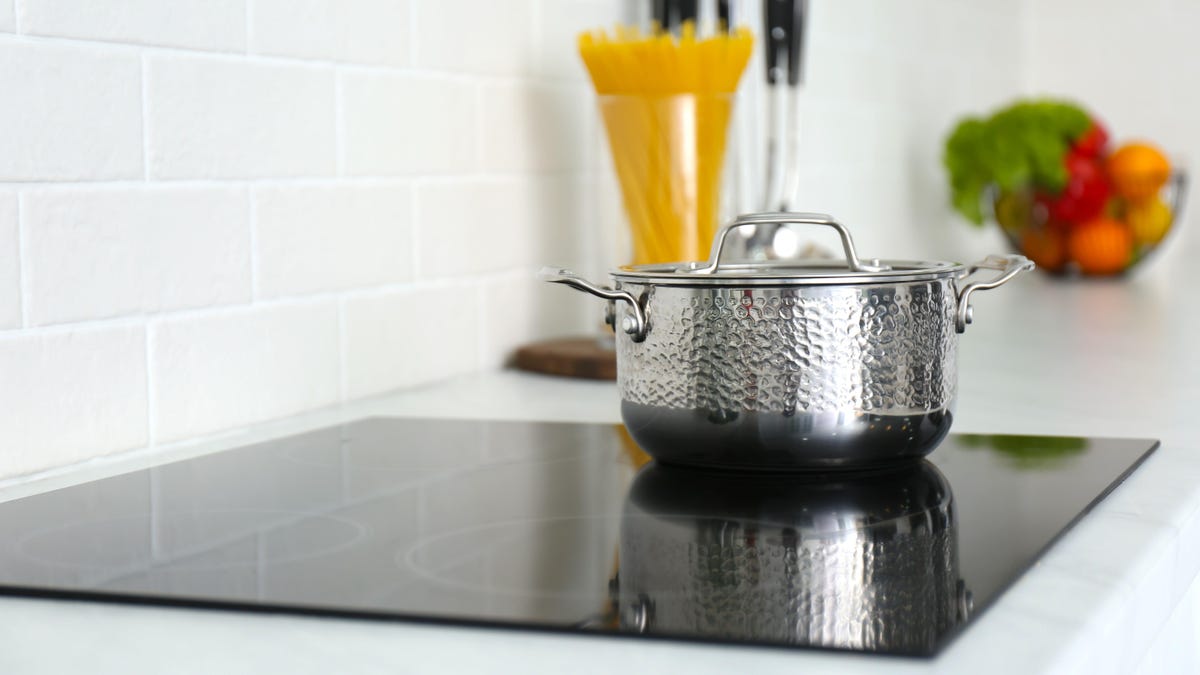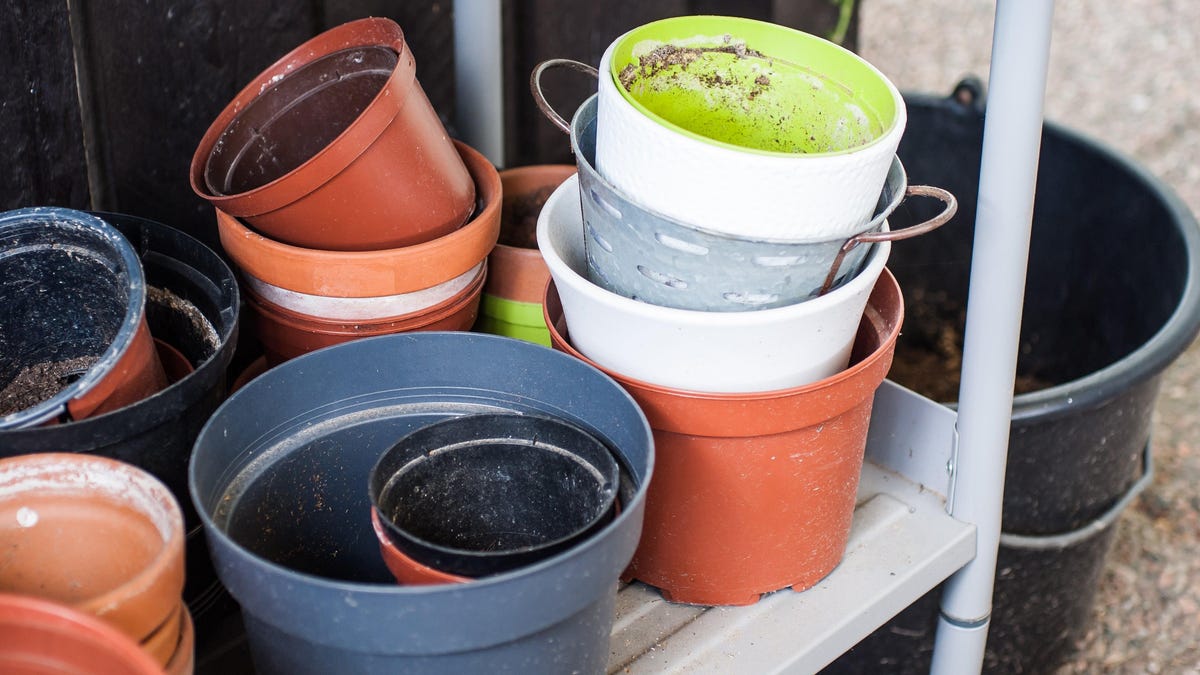The Gardening Supplies Worth Keeping for Next Year (and What to Get Rid Of)
Every year, we buy more gardening supplies—and every autumn, we have to figure out how and where to stick themfor the winter. Now is the perfect time to organize, divide and divest. No need to store the stuff you...

Every year, we buy more gardening supplies—and every autumn, we have to figure out how and where to stick themfor the winter. Now is the perfect time to organize, divide and divest. No need to store the stuff you won’t make use of again, since garages and sheds are where things go to hibernate forever until your children have to clean it out long after you’re gone.
What to hold onto
Trellises should come down for the winter, but even if you don’t think they’re going back into the same place next year, save them. Same goes for plant stakes, and any wood left over from projects that’s over a foot long.
Pots that are in good enough shape to hold water should continue to get used, so hold onto those. All the fertilizers, bait, pest treatment and surfactants will have a long enough shelf life to last until next year, and are hard to safely dispose of. They should get put away for winter—someplace safe and away from pets and kids.
Tomato clips (those plastic clips you use to trellis tomatoes) can get reused year to year, so save them and give them a good rinse in water with a drop of bleach.
All the tools that you used in the last two years should get cleaned and put away. But first, take a look at each of those tools this year and ask yourself the last time you used it. If we had another president in office, it should go to the giveaway pile.
Potting soil should get reused, and all those half-empty bags of soil and amendments should be saved as well; they don’t go bad, although they might have worms in them next year, which is actually a sign of soil health.
Patio furniture in good shape should get covered or put away, and small tuneups must be made year to year anyway, in spring. But the pieces you’ve been nursing along for many years, and you know you aren’t going to really invest the time in to save, or might not be worth it—it’s time for the giveaway pile.
What to give away
When you’re ready to divest of your garden goods, there are a number of ways to do so. I’ve found the best strategy—if you’d like to be the least bothered by the process—is to leave the items curbside and list them in your neighborhood groups.
Tomato cages have a tendency to look worn and bent this time of year, and the small cheap ones deteriorate quickly. If you can afford to upgrade to nicer, larger cages next year, it’s time to give your old ones away. No matter what shape they’re in, someone wants them.
Garden ephemera like statuaries, hose reels, fountains and garden gnomes are all easy to find homes for. Planters you don’t want anymore are someone else’s mosaic tiles.
There’s a middle ground for lawn furniture—if an item is in usable shape, it’s worth trying to gift it, but truly broken-down pieces should go in the trash. (The same is true for hoses.) It’s also okay to gift part of a set—for instance, an umbrella base without the fabric, or seat cushions without the covers. Someone is more likely to want a pillow insert without a cover than a pillow with a stained or torn cover.
Any lawn or yard care tools—lawnmowers, string trimmers and hand tools, rakes, shovels, etc—can be easily given away. Even when a lawnmower needs work, someone will want to give it a try.
Plastic pots from the nursery can all be given away in bulk, or your garden center may take them back.
What to toss
String lights that no longer work—and need more than a bulb or two replaced—get tossed. Furniture that is actually broken, or cushions and umbrellas that are stained, torn or otherwise beyond saving.
Cracked plastic pots or planters are goners. No one wants them. Check the bottom for a recycling stamp, but usually they’re not recyclable.
No one wants your old garden gloves. If they’re washable, great, but otherwise, they’re gross. Toss them.
As for broken garden decor—if you’re not able or willing to spend the time to fix them, no one else is, either. Besides, these items are usually cheap to begin with.
To throw away these items, look for bulk trash events in your neighborhood. In addition to these events through your local trash service, neighborhood groups might run bulk events as well. When you are disposing of goods, it’s so important to make sure you’re doing so safely. Namely, make sure any chemicals are disposed of by city code— not just to stay on the right side of the fuzz, but because the rules exist to protect our waterways. The city will have instructions on where to bring stuff that can’t go in the regular trash.

 UsenB
UsenB 



























![Are You Still Optimizing for Rankings? AI Search May Not Care. [Webinar] via @sejournal, @hethr_campbell](https://www.searchenginejournal.com/wp-content/uploads/2025/06/1-1-307.png)



